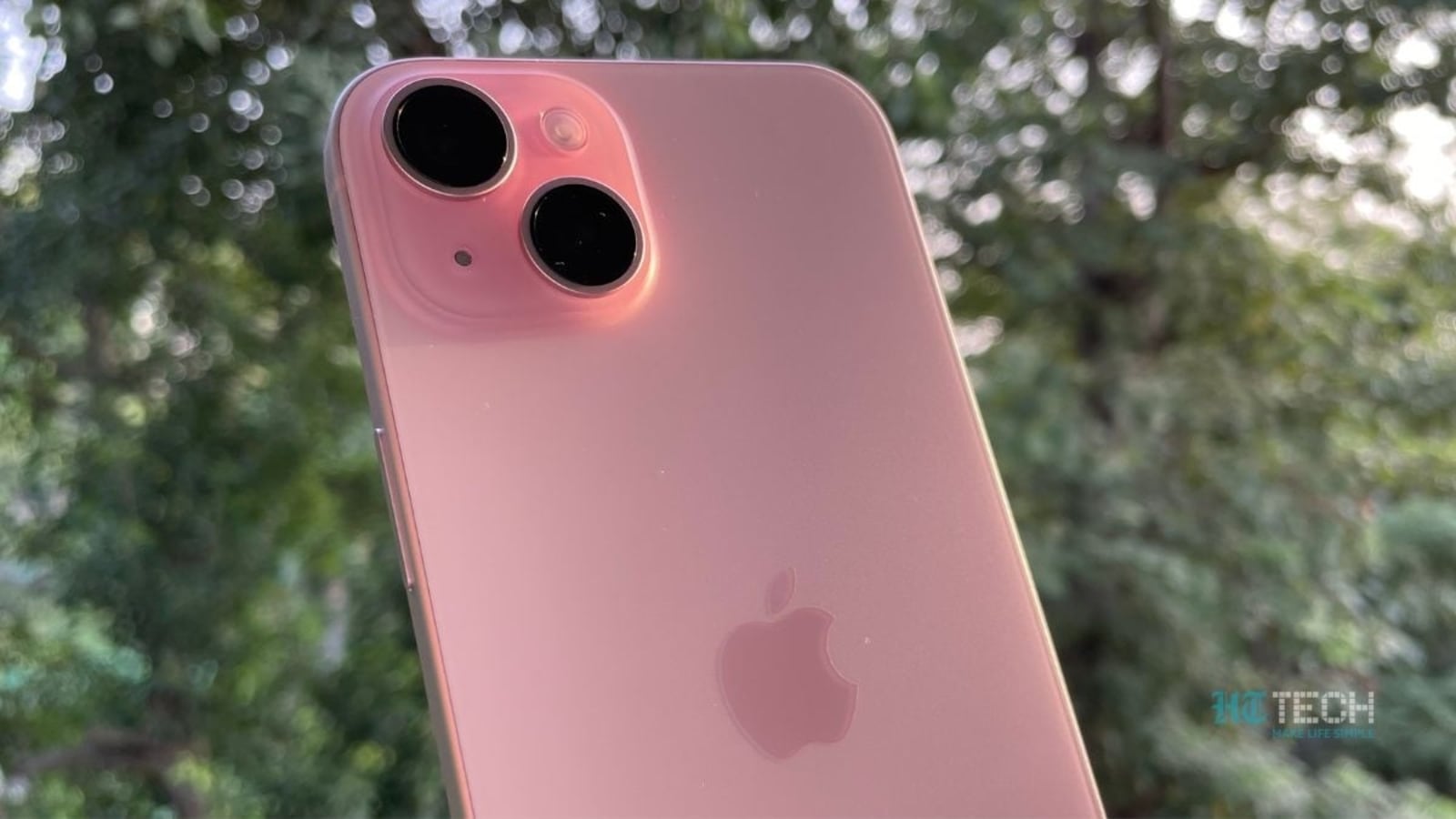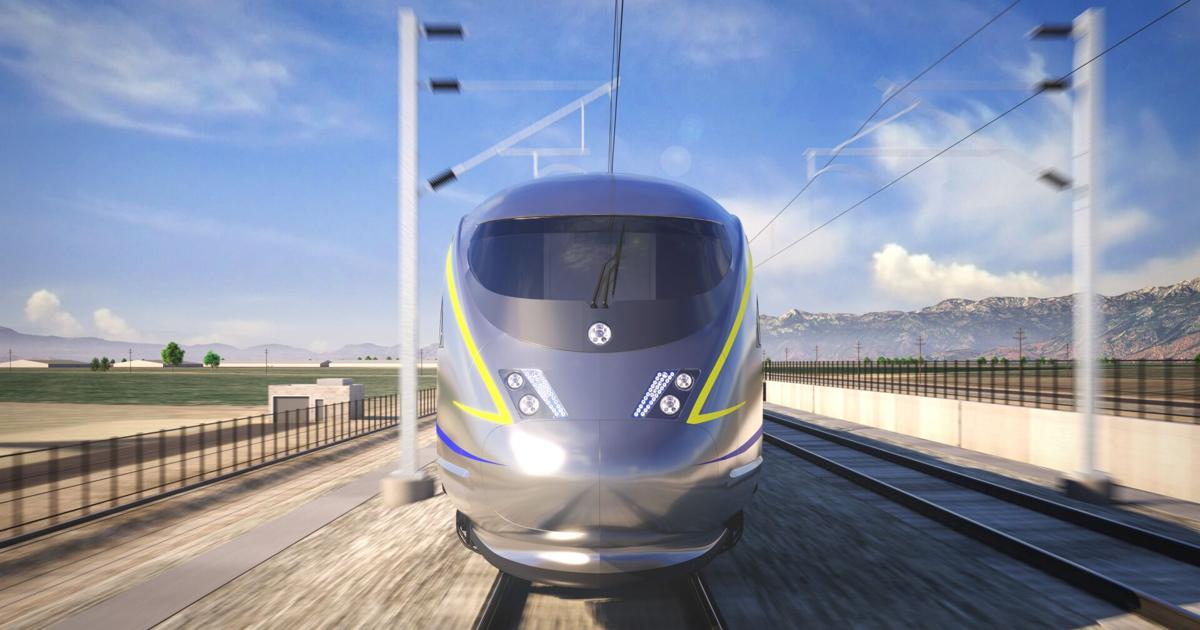Show me the raw data, I'm mot convinced.
Reading the offence that posters in TMC have to leaving following space with the car in front, the upset at FSDb limiting the set speed at 85mph (when actual limits on those roads are much lower), and general entitlement and expectations for all other vehicles to yield to them (regardless of whether or not they are in the right) makes me think that AVs following the
same set of road rules would be safer.
But every one of your other arguments introduce reality into the equation. Especially increased congestion, increased effect on the environment (from the manufacturing process due to probable shorter life-span, tire wear pollutants, stress on power grids), and pushing people away from mass transit.
It will take 40-50 years to build enough of them [AVs] to make any dent. The article does not even come close to discussing any of the hurdles to implementation, or describe in any detail what benefit will exist prior to a critical mass of safe AV fleets on the road. There will be zero benefit to anyone but the robo taxi firms until a huge chunk of the whole population has access. Until then, they will INCREASE congestion, just like Uber and Lyft do now.
In that time we could have trains and light rail, if we just decided to, actually solving safety, access and congestion. Hyderabad India built out enough light rail in 4 years to actually get traffic moving again on surface streets.
Its wasted resources, a distraction by big auto to keep us from cutting into their bottom line by building real mass transit that works.
Government decisions/sabotage of mass transit really upsets me. At least in my city, it is a visible 'thing' where they have done everything wrong and destroyed any confidence in mass transit.
I moved to the edge of the downtown from a rural village in order to have access to mass transit and further reduce my environmental footprint. We used to take the bus to the theatre in order to avoid parking hassles. It was longer, but not much longer, my record from standing ovation to walking in my door was 26 minutes.
The bus route at my door took me useful places, and walking 2 long blocks got me to a transit station with a bus that in 45 minutes took me to one block my daughter (least driving time possible for that trip is 22 minutes.) Since she lives car free, she could come visit with the kids in tow any time she wanted. Now that trip is almost an hour, requires a bus that runs less frequently to take her to an LRT station, then transfer by elevator (since she has a stroller for the kids) to the train, then transfer to an every 20 minute bus at my nearest LRT station. Of course, during Covid, she stopped coming altogether since it wasn't allowed and I visited her instead using the car.
During Covid, I bought my mobile isolation unit (tesla) and now drive almost everywhere. Since Covid, due to work-from-home, the buses became less frequent and more expensive so we seldom use buses now. If we are both going downtown and expect to be there more than 90 minutes, it is cheaper to take the car and pay for parking. And WAY faster (it is 10 minute drive vs taking a bus that runs every 30 - 60 minutes.) We are a single car household and if we both need to go different places at the same time, I have signed up for a car share service with a car in my complex. (Which is what I'll use this week when we take the Tesla in for an all-day service appointment.)
The transit decisions in my city have actually driven me off the buses. And as the LRT system expands (now 4 years late and counting but I wonder if I'll live long enough to see it functioning.) The word 'functioning' is loosy-goosy here, the system fails on a regular basis and has been out of service for multiple weeks at a time since the first phase opened. And even when phase 2 opens, it will serve me but not my daughter so the commute to here will still involve a transfer to a bus that runs infrequently.
Our city was served by a bus transitway and both us, with plans of living car-free (me due to age and possibly not wanting or being able to drive any more) moved to parts of town within a few blocks of a transitway. It was a good 4.5 years of everything working to plan until the bus system was destroyed in favour of the LRT. And despite 5 years since that happened, the response have been to further destroy the bus system despite the fact that, due to the long downtimes of the LRT, the next phase has no way of having buses cover for the system when it is down.
As a result, traffic in our city has become insane despite work-from-home, as people switch to personal cars because jobs and schools and daycare pickup are all time sensitive and the bus system is only good for people who don't have to be somewhere at a specific time or have the time to set their arrival to be an hour early in case of cancellations of buses.






